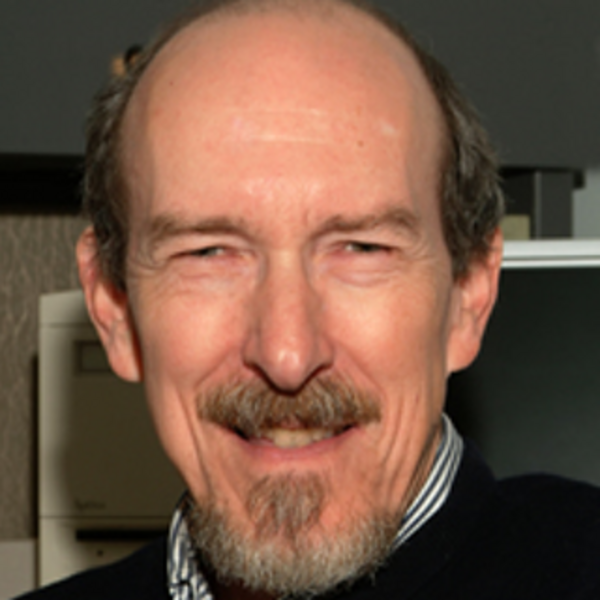Norman Iscove
MD, PhD

Adult stem cells maintain proliferating cellular systems for life. They do this by generating not only cells primed to enter differentiation pathways, but also cells that instead retain the undifferentiated stem cell characteristics of the parent in a process called "self-renewal".
We are interested in two aspects of self-renewal. The first concerns the genes that come into play when stem cells undergo self-renewal divisions. The second concerns the means by which some initially renewing daughter cells lose self-renewal capacity while others continue to retain it through multiple cell divisions. Our findings in the hemopoietic system have led us to focus on homeobox genes as central effectors of self-renewal, and on the genes that control their expression as specifiers of stable stem cell identity in this system.
A core experimental model used in our work builds on the intriguiging ability of retrovirally enforced expression of HOXB4 to confer sustained self-renewal ("immortalization") to hemopoietic precursor cells, including committed progenitors of myeloid, B and T cells that normally lack this property. The immortalized progenitors retain the ability to differentiate into functional blood cells in addition to acquiring new self-renewal properties. We use this system to identify the pathways and circuits required for self-renewal in the various hemopoietic and lymphoid lineages.
A second model arises when HOXB4-immortalized progenitors passaged in vivo over periods of time exceeding 2 years become leukemic by virtue of accumulated random mutations. The first myeloid leukemia to emerge depends absolutely on the HOXB4 transgene for continued propagation of the disease in vivo; excision of the transgene eradicates the leukemia. Self-renewal - as opposed to cell growth or survival - is not a current focus in cancer research. Our model provides dramatic illustration of the curative potential achievable when self-renewal is selectively targeted.
Recent Publications
- Hematopoietic stem cells engraft in mice with absolute efficiency. P Benveniste, C Cantin, D Hyam, NN Iscove. Nature Immunology. 4:708-713, 2003.
- Identification of gene 3' ends by automated EST cluster analysis. EM Muro, R Herrington, S Janmohamed, C Frelin, MA Andrade-Navarro, NN Iscove. Proc Natl Acad Sci USA. 105:20286-90, 2008.
- Intermediate-term hematopoietic stem cells with extended but time-limited reconstitution potential. P Benveniste, C Frelin, S Janmohamed, M Barbara, R Herrington, D Hyam, NN Iscove. Cell Stem Cell. 6:48-58, 2010.
- Gata-3 regulates the self-renewal of long-term hematopoietic stem cells. C Frelin, R Herrington, S Janmohamed, M Barbara, G Tran, CJ Paige, P Benveniste, JC Zuñiga-Pflücker, A Souabni, M Busslinger and NN Iscove. Nature Immunology 14:1037-44, 2013.
- Committed hemopoietic progenitors, not stem cells, are the principal responders to Hox gene transduction. H Lim, S Janmohamed, P Benveniste, R Herrington, M Barbara, C Frelin, D Hyam, CJ Paige, J-C Zuñiga-Pflücker, C Stocking, J Krosl, G Sauvageau, NN Iscove. BioRxiv/2017/174490, http://biorxiv.org/lookup/doi/10.1101/174490 , 2017.
